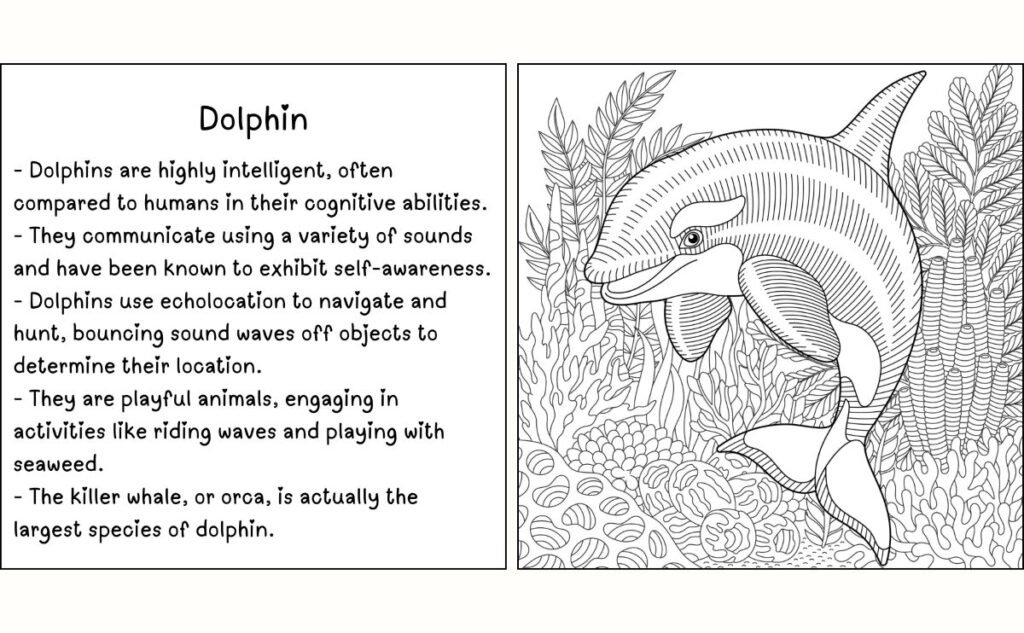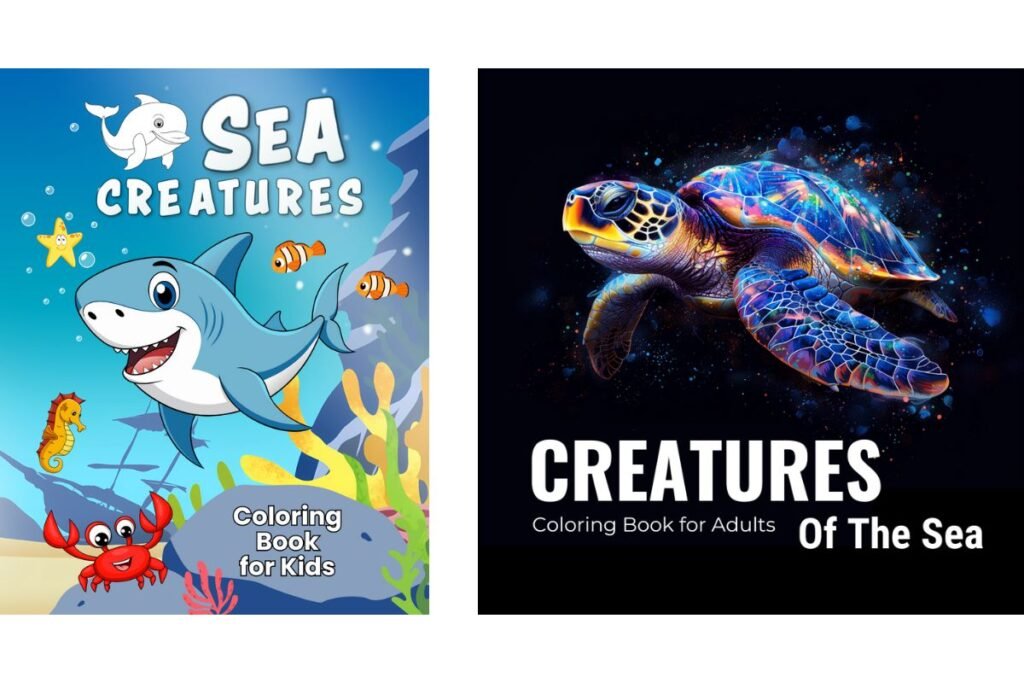Table of Contents
ToggleDolphins, the enchanting cetaceans, have captivated human curiosity and admiration for centuries.
These intelligent marine mammals are not only known for their playful nature but also for their remarkable cognitive abilities. Our extensive exploration delves into the fascinating world of dolphins, unveiling their behaviors, habitats, social structures, and the critical role they play in the marine ecosystem.
Dolphin Species and Classification
There are approximately 90 species of dolphins classified under the families Delphinidae, Platanistidae, Iniidae, and Pontoporiidae.
The Delphinidae family, also known as oceanic dolphins, is the largest, including the well-known bottlenose dolphin (Tursiops truncatus), the orca (Orcinus orca), and the spinner dolphin (Stenella longirostris). River dolphins, belonging to the Platanistidae, Iniidae, and Pontoporiidae families, inhabit freshwater rivers and estuaries.
Oceanic Dolphins
Oceanic dolphins are widespread in oceans and seas around the world. The bottlenose dolphin, characterized by its short, stubby beak and curved dorsal fin, is perhaps the most familiar to the public due to its frequent appearances in marine parks and movies. The orca, or killer whale, despite its name, is actually the largest member of the dolphin family and is known for its distinctive black-and-white coloration and complex social structures.
River Dolphins
River dolphins are less known but equally fascinating. They inhabit some of the world’s largest river systems, such as the Amazon river dolphin (Inia geoffrensis), also known as the boto, which resides in the Amazon and Orinoco rivers. These dolphins have adapted to murky river waters with their long snouts and reduced eyesight.

Anatomy and Physiology
Dolphins possess a streamlined body adapted for fast swimming, with speeds reaching up to 37 km/h (23 mph). Their skin is smooth and rubbery, aiding in hydrodynamics, while their blubber layer provides insulation and energy storage. Dolphins breathe air through a single blowhole located on top of their heads, which closes tightly while underwater.
Echolocation: Nature’s Sonar
One of the most extraordinary adaptations of dolphins is their ability to use echolocation. This biological sonar system allows them to navigate murky waters, hunt prey, and communicate. Dolphins emit high-frequency clicks that bounce off objects, returning echoes that provide detailed information about the environment.
Intelligence and Social Behavior
Dolphins are renowned for their intelligence, evidenced by their ability to learn complex tasks, use tools, and understand symbolic language. They exhibit sophisticated social behaviors, forming pods typically consisting of a dozen individuals but sometimes aggregating into superpods of over a thousand dolphins.
Diet and Hunting Techniques
Dolphins are carnivorous, feeding primarily on fish and squid. Different species exhibit unique hunting techniques. For example, orcas are known for their cooperative hunting strategies, often working together to herd fish or even beach themselves to catch seals. Bottlenose dolphins use a method called fish whacking, where they stun fish with their flukes before consuming them.
Strand Feeding
An extraordinary behavior observed in some populations, particularly along the coast of South Carolina and Georgia, USA, is strand feeding. Here, dolphins intentionally strand themselves on mudflats to catch fish, demonstrating remarkable coordination and precision.
Reproduction and Lifespan
Dolphins have a gestation period ranging from 10 to 17 months, depending on the species. Calves are typically born tail-first and are nursed for up to two years, though they may start eating solid food at a few months old. Dolphins reach sexual maturity between 5 to 15 years of age and can live for over 40 years, with some species like the orca living up to 90 years.

Communication and Social Structures
Dolphins communicate using a complex system of clicks, whistles, and body language. Each dolphin has a unique signature whistle that functions much like a name, allowing them to identify and call out to each other. Social bonds are strong, particularly between mothers and calves, and in some species, males form alliances to cooperate in mating strategies and territory defense.
Matriarchal Societies
In species like the orca, societies are often matriarchal, with older females leading the pods. These matriarchs pass down knowledge of hunting grounds and migratory routes, essential for the survival of the group.
Conservation Status and Threats
Many dolphin species face significant threats from human activities. Bycatch in fishing gear, habitat destruction, pollution, and climate change are major concerns. Some species, such as the vaquita (Phocoena sinus), are critically endangered, with fewer than 10 individuals estimated to remain.
Conservation Efforts
Efforts to protect dolphins include marine protected areas (MPAs), stricter regulations on fishing practices, and initiatives to reduce pollution and mitigate climate change. Organizations worldwide are working to raise awareness and advocate for policies that support marine biodiversity.
Dolphins in Human Culture
Dolphins have held a special place in human culture for millennia, symbolizing intelligence, grace, and freedom. Ancient Greeks revered dolphins, depicting them in art and literature as friends of humankind. Today, dolphins continue to inspire awe and admiration, playing central roles in marine conservation efforts and eco-tourism.
Dolphin-Assisted Therapy
Dolphin-assisted therapy (DAT) has gained popularity as a complementary therapy for individuals with physical and mental disabilities. While the scientific community debates its efficacy, many participants report positive experiences.
Conclusion
Dolphins are among the most captivating and intelligent creatures in the ocean. Their complex behaviors, sophisticated communication, and intricate social structures underscore their importance in the marine ecosystem. As we continue to learn more about these remarkable mammals, it is imperative to support conservation efforts to ensure their survival for future generations.
By fostering a deeper understanding and appreciation of dolphins, we can contribute to a more sustainable and harmonious relationship with our oceans.


